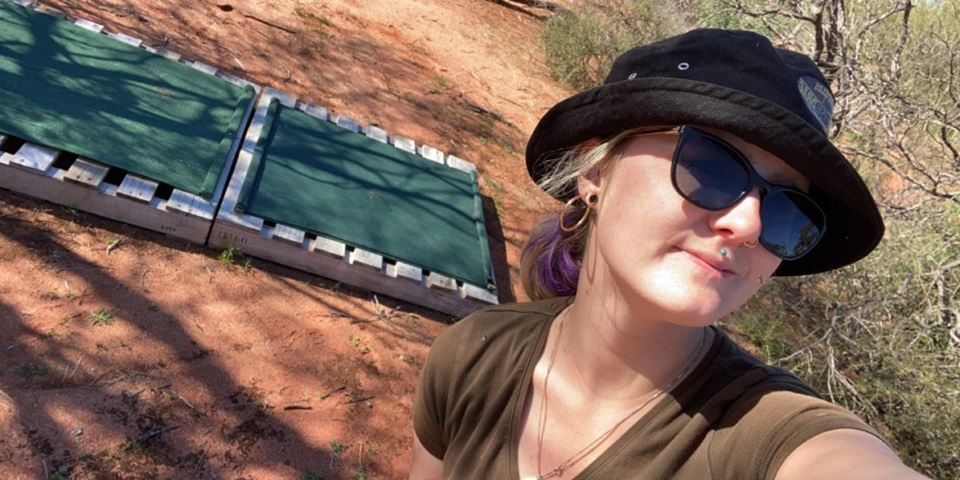News
Risks and rewards of using artificial wildlife habitats

Building artificial habitat structures for wildlife comes with risks and rewards, according to new research out of Murdoch University.
The research shows those building artificial habitat structures for wildlife must use rigorous science to underpin their use, or risk doing more harm than good.
The prevalence of artificial habitats has grown due to habitat disturbance modifying and damaging many of the world’s environments. Consequently, many species have lost the critical habitat components they need to survive. Examples of these human-made habitats include artificial dens, nesting boxes and artificial reefs.
Murdoch University PhD student Tenaya Duncan who was involved in the study with fellow PhD students from Deakin University and The University of Western Australia, said artificial habitats can have a positive impact if used appropriately.
“But artificial habitat structures can be a double-edged sword,” Ms Duncan said.
“Many of the world’s natural environments are irreparably modified and damaged, so species have lost critical habitat components that they need to survive.
“Increasingly, conservationists and developers seek to supplement these destroyed components with artificial habitat structures and they are now used in marine, freshwater and terrestrial environments.
“But we found that when used without appropriate controls and research, they can lead to an increase in predation, exposure to fatal environmental conditions, disease and invasive species spread – even a decline in genetic diversity.
“They can certainly have positive conservation outcomes and help recovery of populations, but need to be planned carefully, with appropriate knowledge.”
Artificial habitat structures use human-made materials to supplement the lost habitat components.
These include substitutes for critical features that animals use to bask, hibernate, reproduce and take refuge from environmental stressors and predators.
The study found that it is essential to ensure appropriate design, construction, and positioning of artificial habitats in the landscape.
They also need to support the conservation of wildlife populations over the long term and should be monitored.
Ms Duncan said the new research should guide those creating structures to assist wildlife.
“It is paramount that the incorporation of artificial habitats into conservation programs be underpinned by science like this,” she said.
“If done badly, artificial habitat structures may actually facilitate further impingement on natural areas and habitat destruction.”
News
Risks and rewards of using artificial wildlife habitats
Posted on
Topics